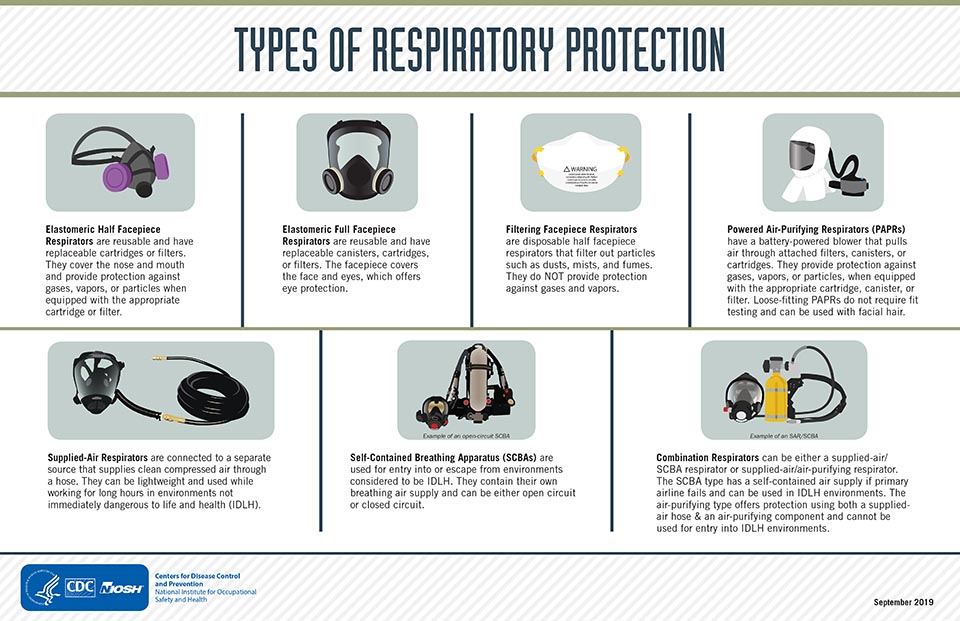Important update: Healthcare facilities
CDC has updated select ways to operate healthcare systems effectively in response to COVID-19 vaccination.
Learn more
Find the latest information:
Aquatics FAQs
Recommendations for Fully Vaccinated People
COVID-19 Homepage
Aquatics FAQs
Recommendations for Fully Vaccinated People
COVID-19 Homepage
UPDATE
Given new evidence on the B.1.617.2 (Delta) variant, CDC has updated the guidance for fully vaccinated people. CDC recommends universal indoor masking for all teachers, staff, students, and visitors to K-12 schools, regardless of vaccination status. Children should return to full-time in-person learning in the fall with layered prevention strategies in place.
UPDATE
The White House announced that vaccines will be required for international travelers coming into the United States, with an effective date of November 8, 2021. For purposes of entry into the United States, vaccines accepted will include FDA approved or authorized and WHO Emergency Use Listing vaccines. More information is available here.
UPDATE
Travel requirements to enter the United States are changing, starting November 8, 2021. More information is available here.
Types of Respiratory Protection
Types of Respiratory Protection

Alternative Format
Back to Original Page
- Elastomeric Half Facepiece Respirators are usable and have replaceable cartridges or filters. They cover the nose and mouth and provide protection against gases, vapors, or particles when equipped with the appropriate cartridge or filter.
- Elastomeric Full Facepiece Respirators are reusable and have replaceable canisters, cartridges, or filters. The facepiece covers the face and eyes, which offers eye protection.
- Filtering Facepiece Respirators are disposable half-facepiece respirators that filter out particles such as dusts, mists, and fumes. They do NOT provide protection against gases and vapors.
- Powered Air-Purifying Respirators (PAPRs) have a battery-powered blower that pulls air through attached filters, canisters, or cartridges. They provide protection against gases, vapors, or particles when equipped with the appropriate cartridge, canister, or filter. Loose-fitting PAPRs do not require fit testing and can be used with facial hair.
- Supplied-Air Respirators are connected to a separate source that supplies clean, compressed air through a hose. They can be lightweight and used while working for long hours in environments not immediately dangerous to life and health (IDLH).
- Self-Contained Breathing Apparatus (SCBAs) are used for entry into or escape from environments considered to be IDLH. They contain their own breathing air supply and can be either open circuit or closed circuit.
- Combination Respirators can be either a supplied-air/SCBA respirator or supplied-air/air-purifying respirator. The SCBA type has a self-contained air supply if primary airline fails and can be used in IDLH environments. The air-purifying type offers protection using both a supplied-air hose and an air-purifying component and cannot be used for entry into IDLH environments.